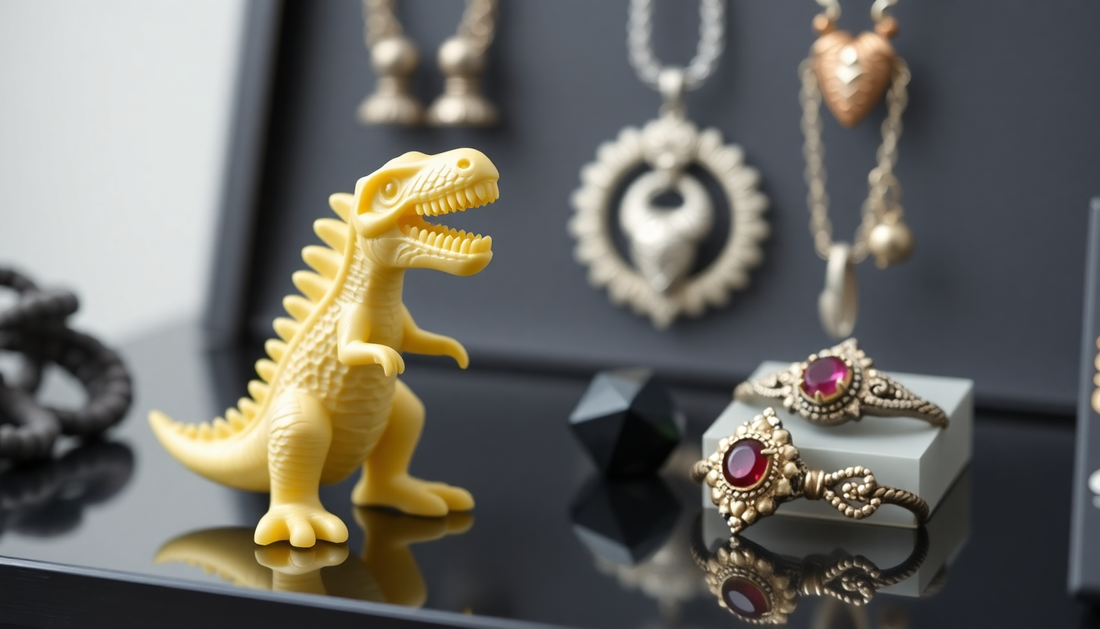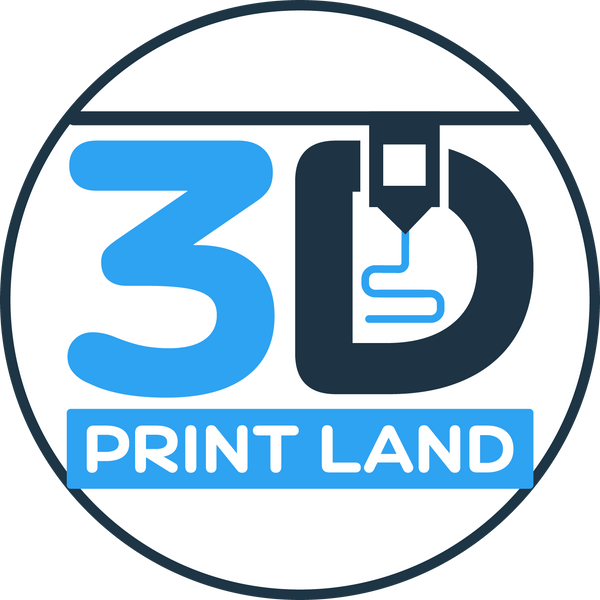
Exploring the Versatility of 3D Printing: From Custom Dinosaur Ring Holders to Unique Jewelry Solutions
Share
Introduction
In recent years, 3D printing has revolutionized various industries by offering innovative solutions that were once considered impossible. This groundbreaking technology has not only transformed manufacturing processes but also opened up avenues for creativity and customization. From rapid prototyping to bespoke products, the versatility of 3D printing is unmatched. This article explores the exciting world of 3D printing, focusing on unique applications such as custom dinosaur ring holders and distinctive jewelry solutions.
The Rise of 3D Printing
3D printing, also known as additive manufacturing, is the process of creating three-dimensional objects from a digital file. The technology has gained immense popularity due to its:
- Cost-effectiveness: Reduces waste and allows for low-volume production, making it ideal for small businesses and individual creators.
- Customization: Offers the ability to create personalized products tailored to individual tastes and preferences.
- Speed: Facilitates rapid prototyping and faster product development cycles, allowing designers to bring their ideas to market quicker.
- Accessibility: With the decreasing cost of 3D printers, more individuals and small businesses can access this technology.
Custom Dinosaur Ring Holders
One of the most delightful applications of 3D printing is the creation of custom dinosaur ring holders. These playful and functional designs can serve as both decor and practical storage solutions. Here’s why they are gaining popularity:
- Personalization: Customers can choose specific dinosaur designs, colors, and sizes to match their home decor or personal style.
- Unique Gifts: A custom dinosaur ring holder makes for a memorable gift for dinosaur enthusiasts, children, or anyone who appreciates a touch of whimsy in their home.
- Functional Art: These holders not only look great but also keep rings organized and safe, reducing the risk of loss.
- Conversation Starters: Their uniqueness often draws attention and sparks conversations, making them perfect for display in living rooms or bedrooms.
How to Create a Custom Dinosaur Ring Holder
Creating a custom dinosaur ring holder involves several steps, making it an exciting project for both experienced and novice 3D printing enthusiasts:
- Design: Use CAD software (like Tinkercad or Blender) to design your dinosaur ring holder. Ensure the design has a base for stability and a structure that can securely hold rings.
- Choose Materials: Select the right filament for your printer. PLA is a popular choice for beginners, while PETG offers more durability.
- Print: Send your design to the 3D printer and monitor the process to ensure quality.
- Post-Processing: Once printed, you may need to sand the edges or paint your holder for a finished look.
Unique Jewelry Solutions
3D printing has also transformed the jewelry industry, providing artisans and designers with the tools to create one-of-a-kind pieces. Some notable advantages include:
- Intricate Designs: Complex geometries that were previously impossible to manufacture can now be easily produced, allowing for innovative and artistic expression.
- Material Variety: 3D printing allows the use of various materials, including plastics, metals, and even biodegradable options, catering to different styles and ethical preferences.
- Sustainability: Reduces waste by using only the necessary materials for production, contributing to more sustainable practices in the fashion industry.
- Rapid Prototyping: Designers can quickly produce prototypes to test and refine their designs before going into full production.
Implementing 3D Printing in Jewelry Design
Designers can leverage 3D printing technology in several ways to enhance their jewelry offerings:
- Prototyping: Quickly create prototypes to test designs, ensuring they meet aesthetic and functional standards before mass production.
- Customization: Offer clients the ability to personalize their jewelry with engravings or unique designs that reflect their personality.
- Limited Editions: Produce small batches of exclusive designs for collectors, fostering a sense of scarcity and uniqueness.
- Collaboration: Collaborate with artists or designers from different fields to create hybrid pieces that blend various styles and techniques.
Case Studies: Successful 3D Printed Jewelry Brands
Several brands have successfully integrated 3D printing into their jewelry lines, showcasing the technology's potential:
- Shapeways: This platform allows artists to create custom designs and sell them as 3D printed jewelry. They offer a wide range of materials, including metals and plastics.
- Jewelers such as Nervous System: They use generative design principles to create complex, nature-inspired jewelry that is both beautiful and unique.
- Formlabs: Known for their high-quality 3D printers, Formlabs has worked with jewelry designers to produce intricate pieces that showcase the capabilities of resin printing.
Challenges in 3D Printing Jewelry
While 3D printing offers numerous benefits, it also presents some challenges that designers must navigate:
- Initial Cost: The upfront investment in quality 3D printers and materials can be high, particularly for small businesses.
- Learning Curve: There is a learning curve associated with mastering design software and understanding the printing process.
- Post-Processing Needs: Many 3D printed pieces require additional finishing work, such as sanding or polishing, to achieve a professional look.
Future Trends in 3D Printing
The future of 3D printing in jewelry and home decor is bright, with several trends expected to shape the industry:
- Integration of Smart Technology: As technology evolves, we may see more smart jewelry that incorporates sensors or connectivity features.
- Increased Material Options: Continued research and development will likely expand the range of materials available for 3D printing, including more sustainable and bio-based options.
- Customization at Scale: Brands may find ways to offer mass customization, allowing customers to personalize their pieces without significantly increasing production costs.
Conclusion
The versatility of 3D printing continues to expand, opening doors to innovative applications in various fields. From custom dinosaur ring holders that bring a touch of whimsy to the jewelry industry’s unique solutions, the possibilities are endless. As technology advances, we can expect to see even more creative and personalized products that cater to our individual preferences. Whether you're a designer, a hobbyist, or simply someone looking for unique decor, embracing the world of 3D printing can lead to exceptional and memorable creations.
